How To Fade Pigmentation Caused By Pimples
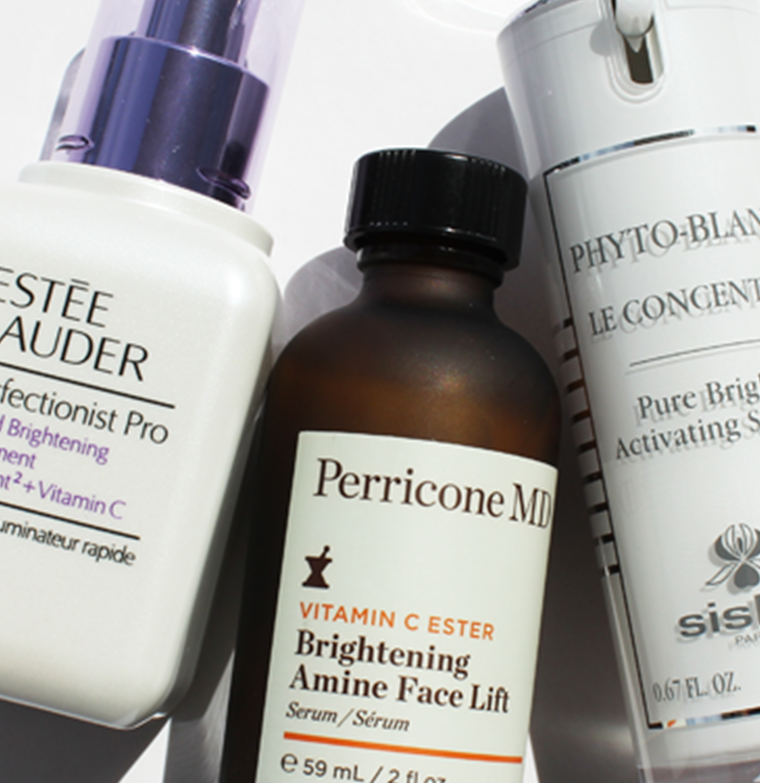
Saying sayonara to the ghosts of breakouts’s past.
So, you’ve had a breakout (or three) and panic mode sets in. We’re all guilty of it–dousing our skin in spot treatments, prodding and poking in the (naive) hope that we can nip it in the bud.
What’s even more frustrating than the pimple itself, though, is the pigmentation it can leave behind. There’s no more irritation, there’s no whitehead and there definitely isn’t any bump and yet the skin still looks inhabited by an unwanted guest.
Well, we are here to help. We’ve called in skin extraordinaires Robyn McAlpine from Skintifix, and Jocelyn Petroni from her namesake clinic, to get to the bottom of how to fade post-pimple pigmentation. Spoiler: the answers might even help reduce breakouts in the first place.

What Causes Post-Pimple Pigmentation?
Woah, woah, woah–don’t get ahead of yourselves. Before we can dive into how to fade post-pimple pigmentation, we must first discuss what it actually is.
“Pigmentation is caused by an inflammatory response that the skin has. For pimples it is usually more inflamed because we’ve most likely been picking at it,” says McAlpine.
Basically, when the skin experiences trauma (i.e. a volcano-sized breakout) the melanocyte cells become overactive trying to deal with the inflammation. As a result, they overproduce melanin, an amino acid responsible for pigment in your body, et voila–you have pigmentation.
The good news? It isn’t considered to be a true form of scarring as it doesn’t damage the skin follicle. In other words, it will fade over time but there are a number of ingredients and treatments you can use to speed this process up.
Your skin will thank you later.
Vitamin C
If not already a part of your skincare routine, take this as your sign from the universe to incorporate it. ASAP. An antioxidant that fights against free radicals to speed up your skin’s new cell turnover, this ingredient has benefits a-plenty before we even start to talk about pigmentation.
But since that is why you’re all here, we will deliver. Vitamin C is a key ingredient in brightening the skin and lightening dark spots. It will also revitalise the skin and promote the production of collagen. Both of which are necessary in fading unwanted dark spots.
“It is definitely an ingredient that helps limit the production of pigment. It is particularly good for people new to the skincare game who may not feel comfortable using other lightening ingredients like niacinamide. I would also recommend using it in conjunction with something like the Dermaviduals Whitening Concentrate to really brighten the skin,” recommends McAlpine. We also love Estée Lauder’s new Perfectionist Pro Rapid Brightening Treatment, which is bursting with the coveted ingredient, Perricone MD’s Vitamin C Ester Brightening Amine Face Lift and Sisley’s luxurious Phyto-Blanc Le Concentré which is based on replicating the DKK1 protein using mainly myrobalan extract to produce an intense brightening and anti-dark spot treatment.
But the pièce de résistance? Due to it’s highly acidic nature, vitamin C inhibits the skin’s ability to produce melanin, meaning it will not only aid in fading pigmentation, but also in stopping it from occurring in the first place.
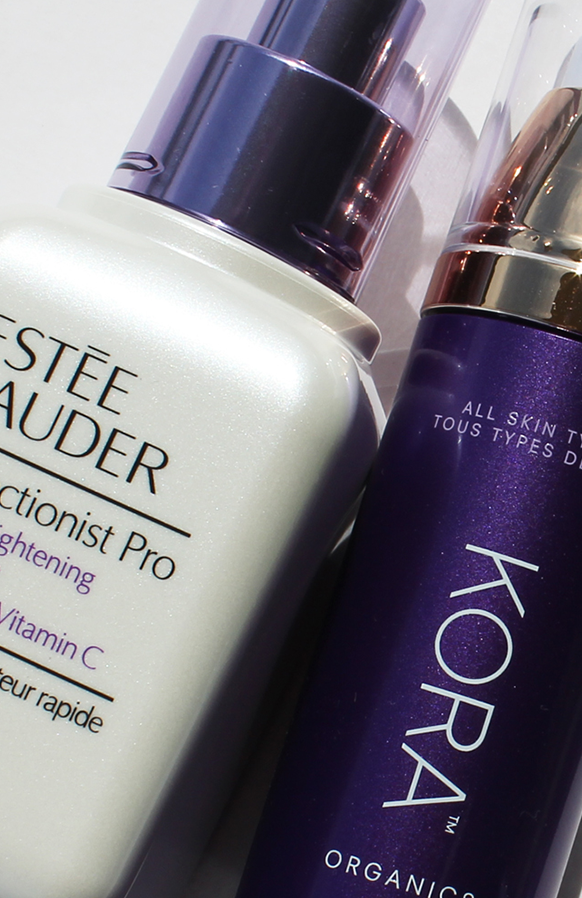
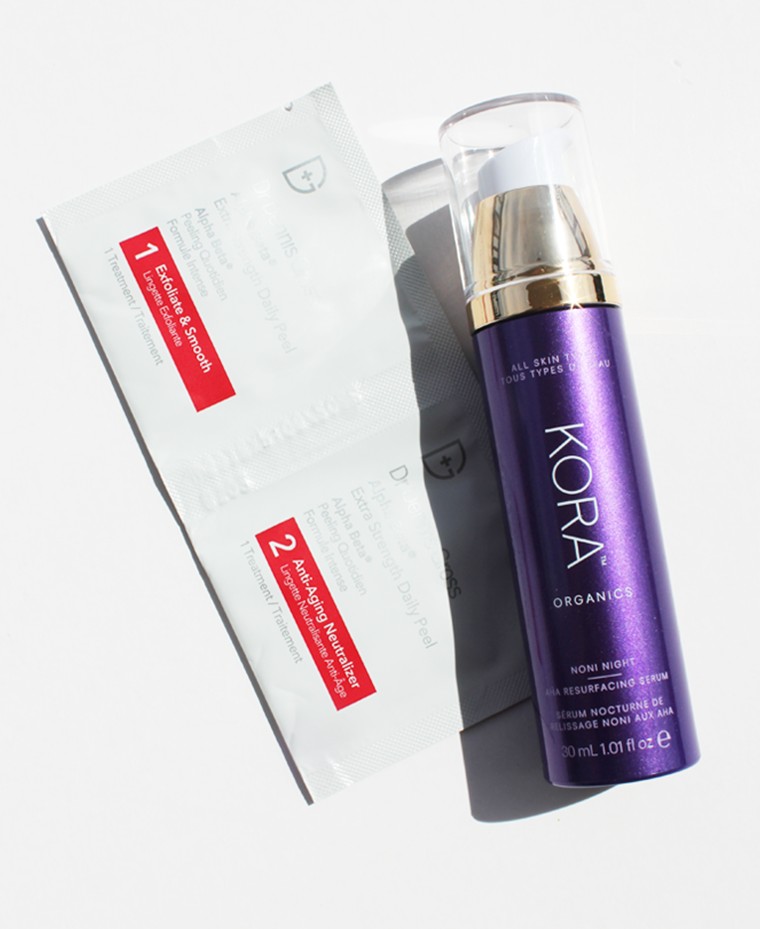
Photography: Amie Jones

AHAs And BHAs
Say the word acid in any skincare discussion and you’re guaranteed to get a mixture of opinions. Some people slather them all over, others tread very carefully. Wherever you stand on the acid spectrum though, they are a great ingredient for fading that pesky pigmentation.
“The best ingredients to look out for are fruit acids, which include AHAs and BHAs,” says Petroni.
“I personally like salicylic acid, which is a BHA. This is because it cleans out the pore, dissolves hard oil that is blocked in the pore and dissolves surface dry dead skin and hardened sebum. AHAs and BHAs also help break down the cement that holds the skin together which helps to break up where the pigment is in the skin.” Our top picks include the Dr Dennis Gross Alpha Beta Extra Strength Peel, which combines both AHAs and BHAs to remove dead skin cells and rejuvenate the skin and the Kora Organics Noni Night AHA Resurfacing Serum.
Be it glycolic, salicylic, lactic or citric, these acids work to resurface the skin and promote continual cell turnover. New cells means evenly pigmented cells, which speaks for itself really.
Retinol
Another skincare all-rounder, retinol is the perfect ingredient to add into your routine to fade any post-pimple pigmentation.
Similar to acids in its ability to bump up cell turnover rates, retinol is particularly beneficial when applied at night. The strength of each retinol product will differ, so be sure to ease yourself into it. It’s recommended to start using about once a week to ensure no reaction is suffered. Then, once you feel comfortable you can bump it up to every other night or three times a week. What’s most important is that you listen to your skin.
“For me, the ideal way to treat pigmentation is combining fruit acids with vitamin A. The two together make the other stronger and more efficient,” recommends Petroni. “I would recommend using a fruit acid serum in the morning, and then a Vitamin A serum in the evening so you’re getting the benefits of both.” The Eve Lom Time Retreat Radiance Essence is a great option here, with Liposome Encapsulated Retinol to gently improve your skin’s texture. The Murad Retinol Youth Renewal Serum is also a winner, with the formula containing hyaluronic acid (alongside Retinol, of course) to help balance the skin.
In-Salon Treatments
At-home remedies not cutting it? You’re in luck.
Salon treatments are another great way to reduce the appearance of pigmentation, particularly if you have a darker skin tone and are naturally more prone to it.
“One of the best treatments I’ve found is Collagen Induction Therapy, or skin needling,” says McAlpine. “You will need to consult with a skin expert before getting the treatment, though, to get your skin into a good enough state to use skin needling as the best course of action.”
Chemical peels, light therapy and laser facials are also great at fading any discolouration as they are all able to penetrate the epidermis, to get to the dermis (the second layer of your skin) to target the melanin production.
“I would recommend a treatment called a Brightening Peel, which has very powerful pigment fighting ingredients. So, it treats pigment, fades pigment and prevents it from coming back,” says Petroni.
Pigmentation doesn’t stand a chance.
What Causes Post-Pimple Pigmentation?
Woah, woah, woah–don’t get ahead of yourselves. Before we can dive into how to fade post-pimple pigmentation, we must first discuss what it actually is.
“Pigmentation is caused by an inflammatory response that the skin has. For pimples it is usually more inflamed because we’ve most likely been picking at it,” says McAlpine.
Basically, when the skin experiences trauma (i.e. a volcano-sized breakout) the melanocyte cells become overactive trying to deal with the inflammation. As a result, they overproduce melanin, an amino acid responsible for pigment in your body, et voila–you have pigmentation.
The good news? It isn’t considered to be a true form of scarring as it doesn’t damage the skin follicle. In other words, it will fade over time but there are a number of ingredients and treatments you can use to speed this process up.
Your skin will thank you later.

Photography: Amie Jones
Vitamin C
If not already a part of your skincare routine, take this as your sign from the universe to incorporate it. ASAP. An antioxidant that fights against free radicals to speed up your skin’s new cell turnover, this ingredient has benefits a-plenty before we even start to talk about pigmentation.
But since that is why you’re all here, we will deliver. Vitamin C is a key ingredient in brightening the skin and lightening dark spots. It will also revitalise the skin and promote the production of collagen. Both of which are necessary in fading unwanted dark spots.
“It is definitely an ingredient that helps limit the production of pigment. It is particularly good for people new to the skincare game who may not feel comfortable using other lightening ingredients like niacinamide. I would also recommend using it in conjunction with something like the Dermaviduals Whitening Concentrate to really brighten the skin,” recommends McAlpine. We also love Estée Lauder’s new Perfectionist Pro Rapid Brightening Treatment, which is bursting with the coveted ingredient, Perricone MD’s Vitamin C Ester Brightening Amine Face Lift and Sisley’s luxurious Phyto-Blanc Le Concentré which is based on replicating the DKK1 protein using mainly myrobalan extract to produce an intense brightening and anti-dark spot treatment.
But the pièce de résistance? Due to it’s highly acidic nature, vitamin C inhibits the skin’s ability to produce melanin, meaning it will not only aid in fading pigmentation, but also in stopping it from occurring in the first place.

AHAs And BHAs
Say the word acid in any skincare discussion and you’re guaranteed to get a mixture of opinions. Some people slather them all over, others tread very carefully. Wherever you stand on the acid spectrum though, they are a great ingredient for fading that pesky pigmentation.
“The best ingredients to look out for are fruit acids, which include AHAs and BHAs,” says Petroni.
“I personally like salicylic acid, which is a BHA. This is because it cleans out the pore, dissolves hard oil that is blocked in the pore and dissolves surface dry dead skin and hardened sebum. AHAs and BHAs also help break down the cement that holds the skin together which helps to break up where the pigment is in the skin.” Our top picks include the Dr Dennis Gross Alpha Beta Extra Strength Peel, which combines both AHAs and BHAs to remove dead skin cells and rejuvenate the skin and the Kora Organics Noni Night AHA Resurfacing Serum.
Be it glycolic, salicylic, lactic or citric, these acids work to resurface the skin and promote continual cell turnover. New cells means evenly pigmented cells, which speaks for itself really.
Retinol
Another skincare all-rounder, retinol is the perfect ingredient to add into your routine to fade any post-pimple pigmentation.
Similar to acids in its ability to bump up cell turnover rates, retinol is particularly beneficial when applied at night. The strength of each retinol product will differ, so be sure to ease yourself into it. It’s recommended to start using about once a week to ensure no reaction is suffered. Then, once you feel comfortable you can bump it up to every other night or three times a week. What’s most important is that you listen to your skin.
“For me, the ideal way to treat pigmentation is combining fruit acids with vitamin A. The two together make the other stronger and more efficient,” recommends Petroni. “I would recommend using a fruit acid serum in the morning, and then a Vitamin A serum in the evening so you’re getting the benefits of both.” The Eve Lom Time Retreat Radiance Essence is a great option here, with Liposome Encapsulated Retinol to gently improve your skin’s texture. The Murad Retinol Youth Renewal Serum is also a winner, with the formula containing hyaluronic acid (alongside Retinol, of course) to help balance the skin.
In-Salon Treatments
At-home remedies not cutting it? You’re in luck.
Salon treatments are another great way to reduce the appearance of pigmentation, particularly if you have a darker skin tone and are naturally more prone to it.
“One of the best treatments I’ve found is Collagen Induction Therapy, or skin needling,” says McAlpine. “You will need to consult with a skin expert before getting the treatment, though, to get your skin into a good enough state to use skin needling as the best course of action.”
Chemical peels, light therapy and laser facials are also great at fading any discolouration as they are all able to penetrate the epidermis, to get to the dermis (the second layer of your skin) to target the melanin production.
“I would recommend a treatment called a Brightening Peel, which has very powerful pigment fighting ingredients. So, it treats pigment, fades pigment and prevents it from coming back,” says Petroni.
Pigmentation doesn’t stand a chance.



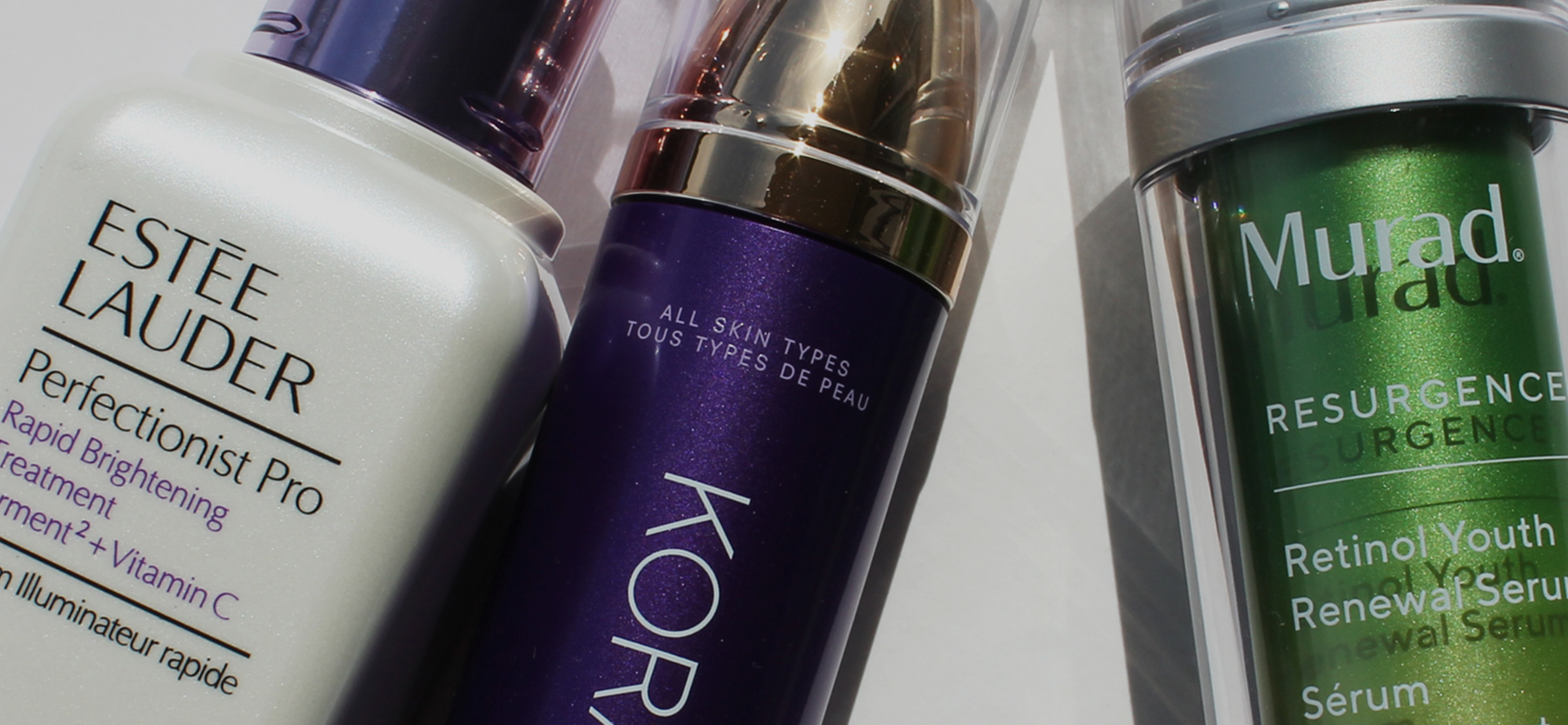
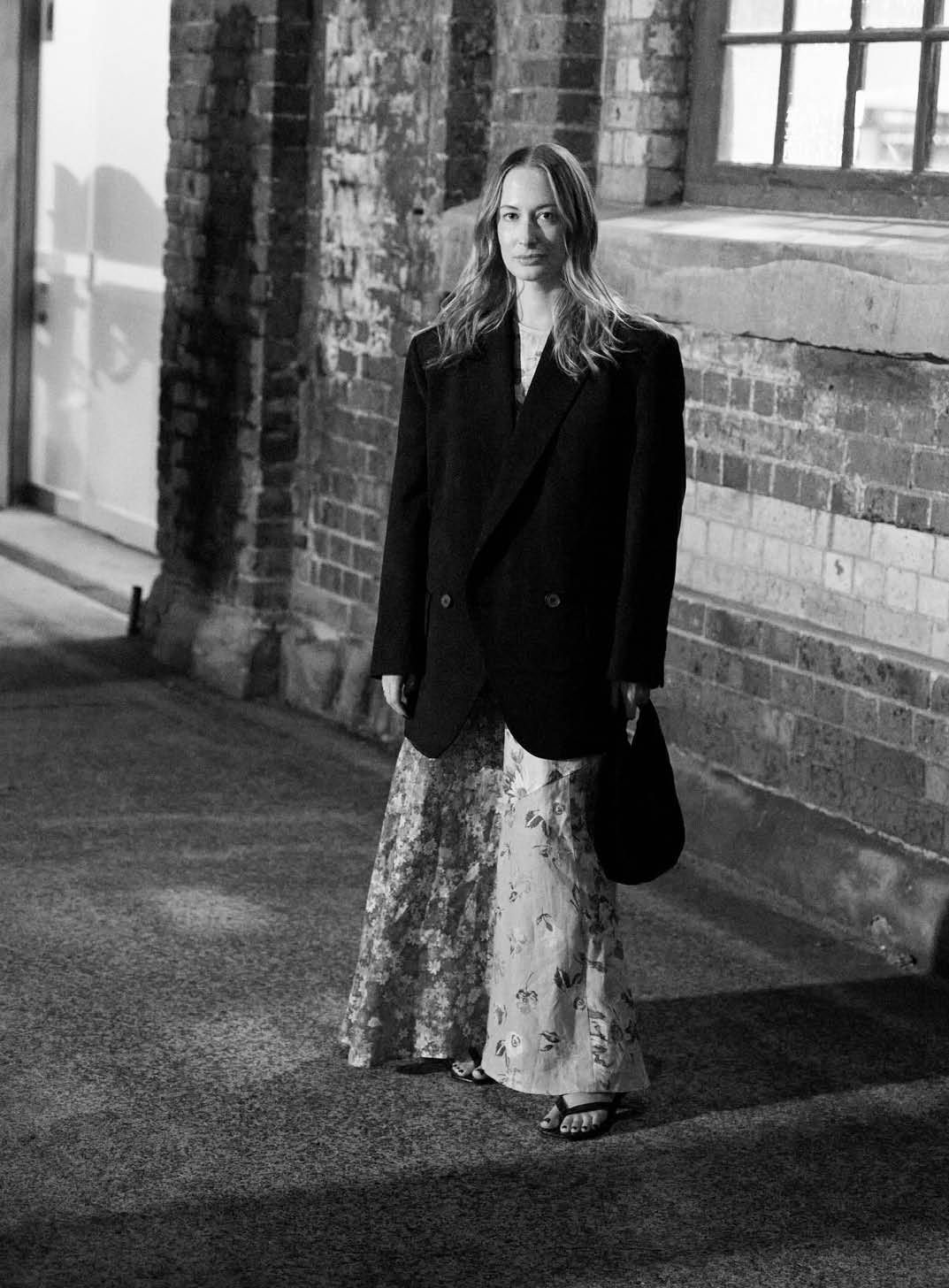

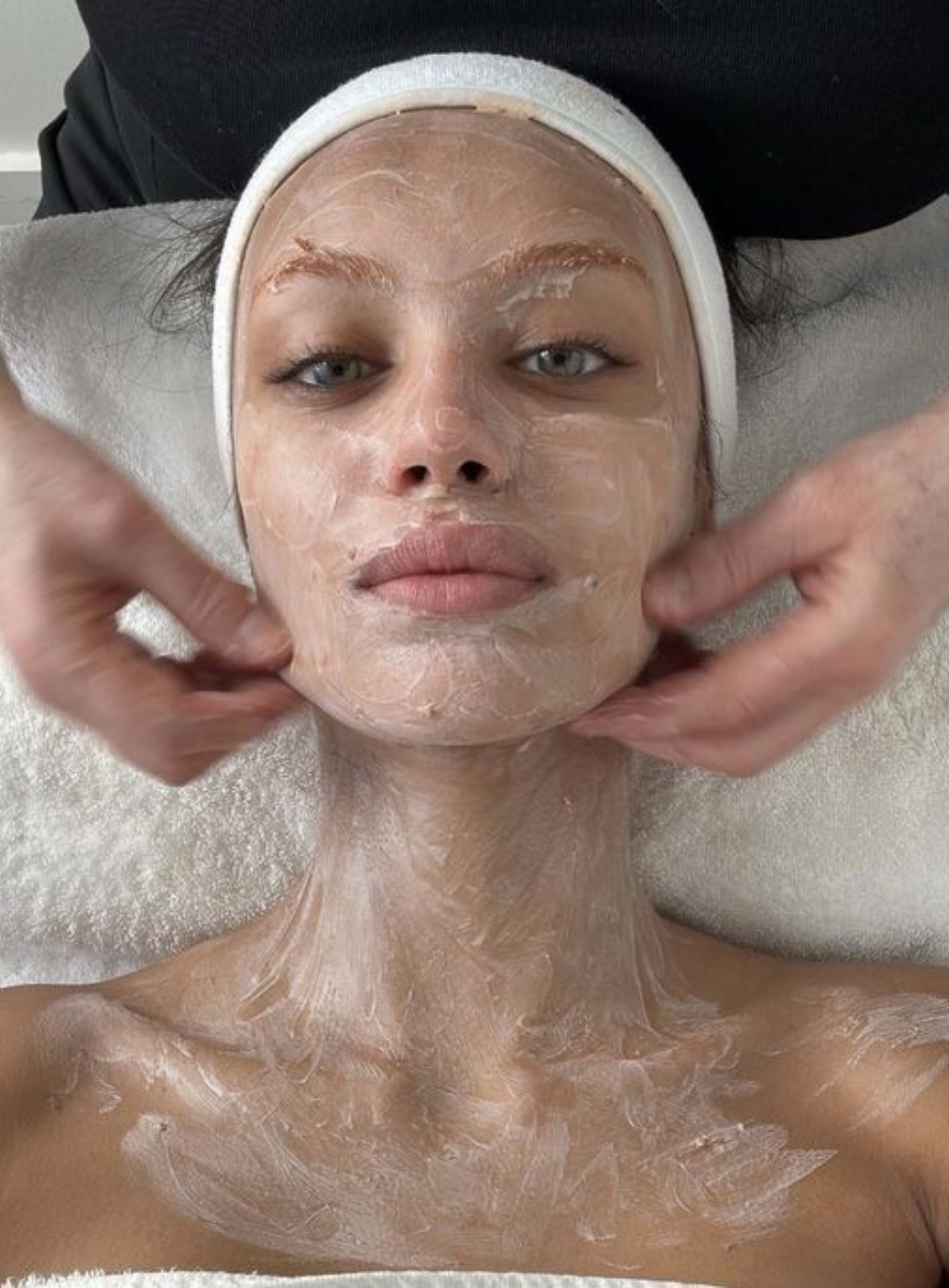

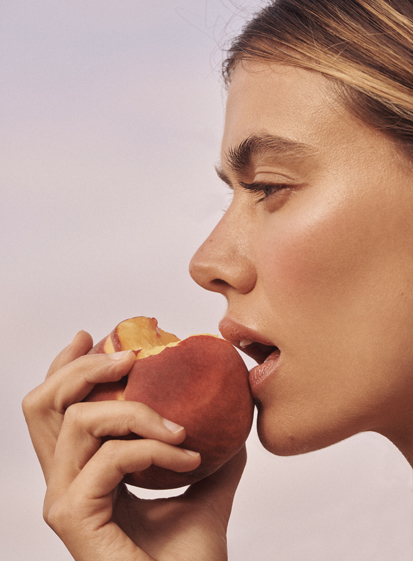
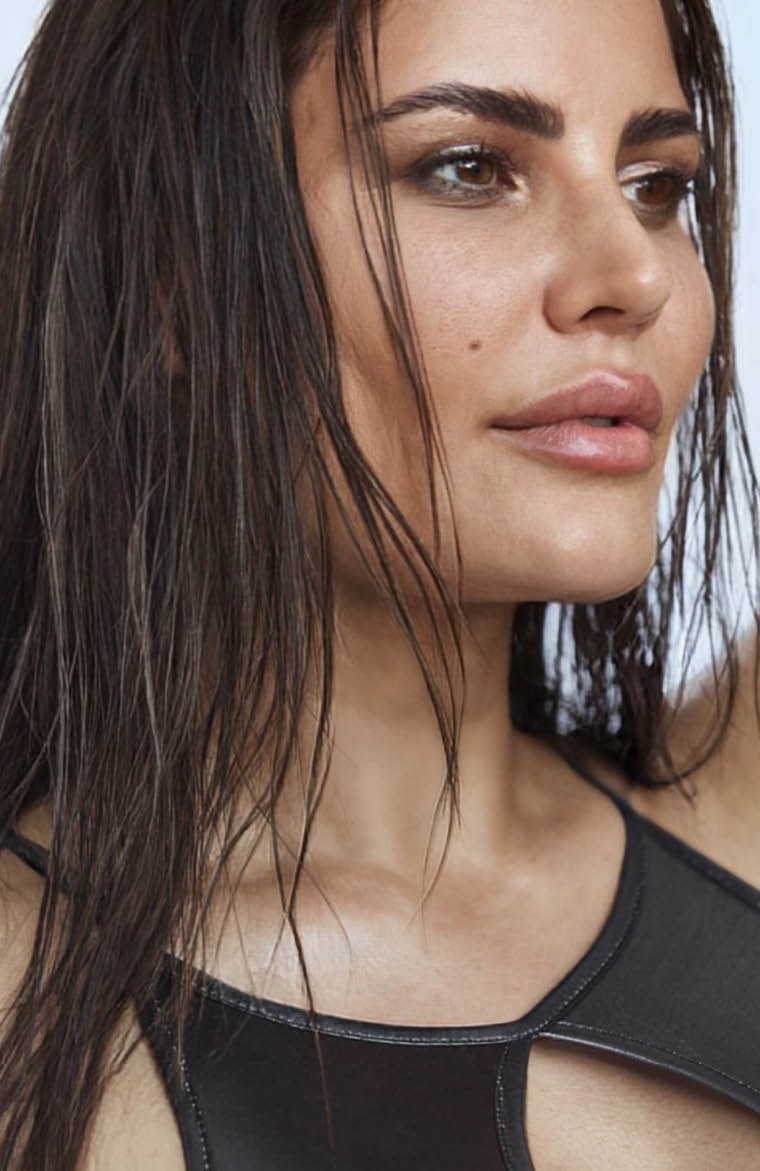
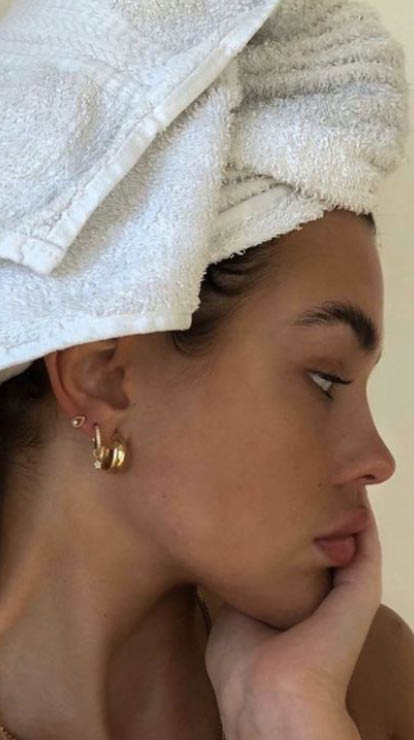

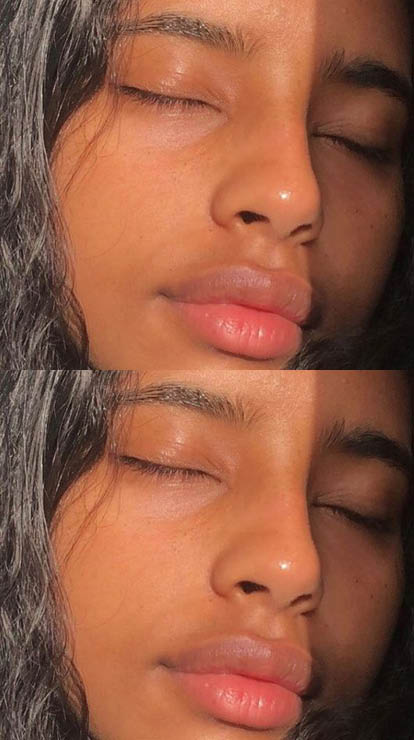
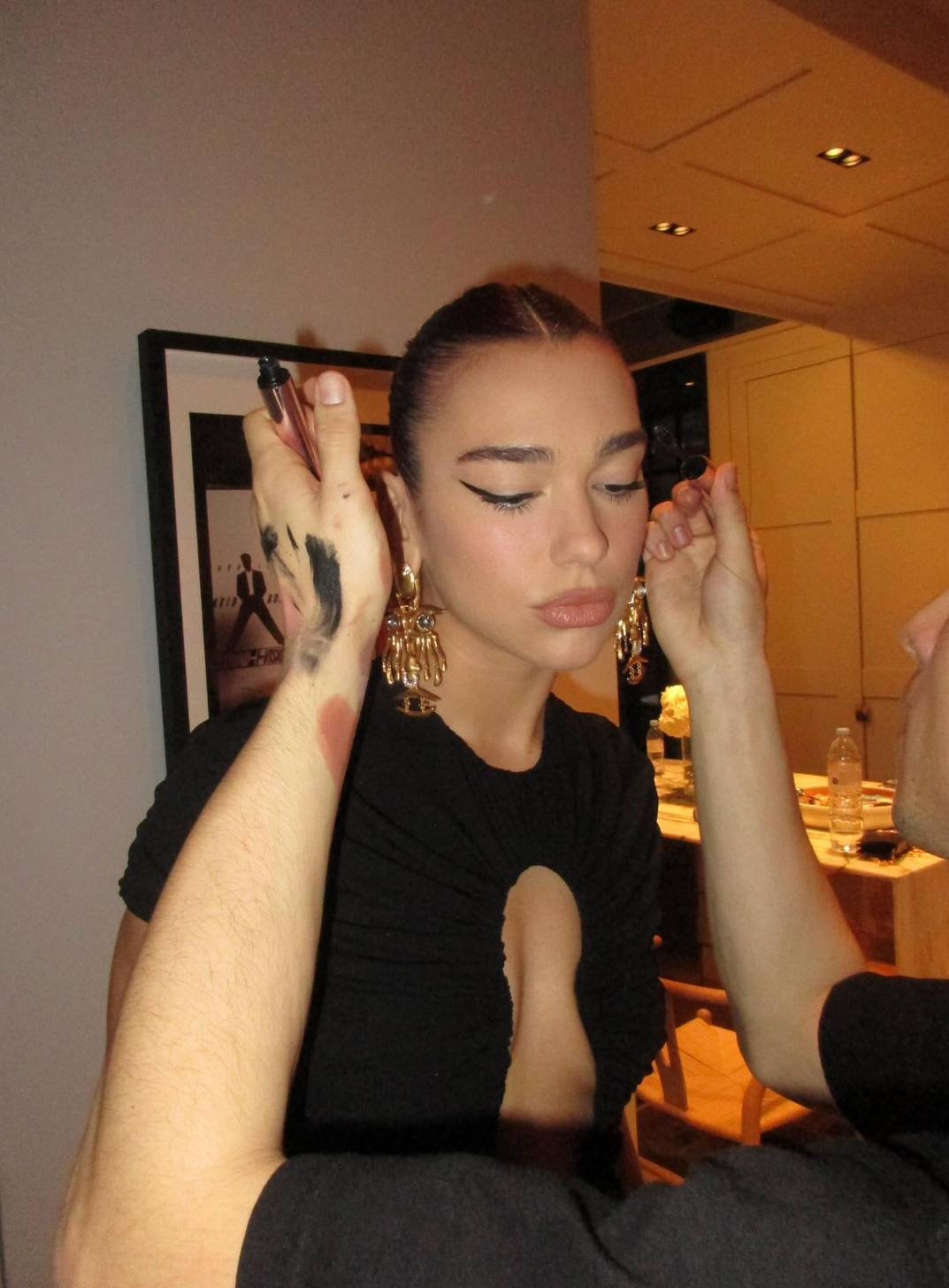
Comments
Amazing article!!! I have been looking for a pigmentation treatment to treat the marks i have got the pimple. Thanks for writing this article i have got a lot of insights from here.
Thanks for sharing, Hyperpigmentation is like a chronic. it depends on the hormones, hereditary and sunlight.